Explore Japan's evolving mobile landscape and user behaviors.
January 10, 2025
Written by Turian Biel

Table of Contents
- Overview of Mobile User Statistics in Japan
- Mobile Device Ownership Trends
- Growth of Mobile Device Ownership in Japan
- Mobile Payment Adoption
- Impact of COVID-19 on Mobile Usage
- Mobile Device Security Concerns
- Mobile Advertising Growth
- Mobile Network Expansion
- Mobile Device Recycling Initiatives
- Trends in Mobile App Development
- Mobile Device Trends Among Youth
- Mobile Health Applications
- Mobile Technology Innovations in Japan
- Advancements in 5G Technology
- Mobile Device Customization Trends
- Mobile Learning Applications
- Mobile Device Repair Services
- Mobile Advertising Effectiveness
- Mobile Device Usage Among Seniors
- Mobile Fitness Applications
- Mobile Device Trade-In Programs
- Mobile User Demographics
- Mobile Device Trends in Rural Areas
- Mobile User Engagement and Behavior
- Mobile User Trends in Health and Wellness
- Conclusion
Overview of Mobile User Statistics in Japan
Current Smartphone Usage in Japan
As of 2023, Japan has approximately 97.44 million smartphone users, representing a smartphone penetration rate of 78.6% of its total population of 123.95 million. The iPhone market share in Japan is reported at 68.75% as of 2023. Additionally, 97.44 million active smartphone users account for a significant portion of the mobile market. The average time spent on mobile devices is around 830 MB per device per day for travelers.
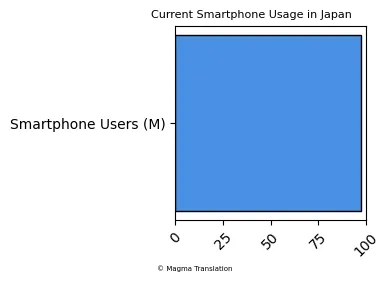
Mobile Internet Usage Trends
In Japan, mobile internet usage has reached over 90% of the population, highlighting the country's strong reliance on mobile devices for online activities. The average data usage for travelers in Japan is approximately 830 MB per device per day. Furthermore, 188.9 million cellular mobile connections were reported in Japan at the start of 2024, which is equivalent to 153.6 percent of the total population.
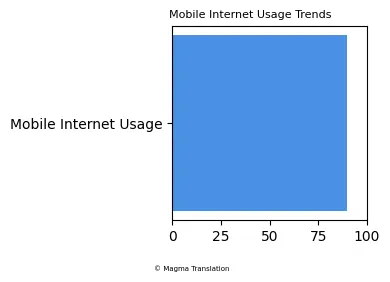
Mobile Gaming Statistics
Japan's mobile gaming market is thriving, with 70 million mobile gamers expected to spend more than $12.6 billion on mobile gaming by the end of 2023. A survey indicated that 65% of Japanese smartphone users play games daily, and 92% play at least once a week. The Japanese app market reached $17.9 billion in consumer spending in 2023.
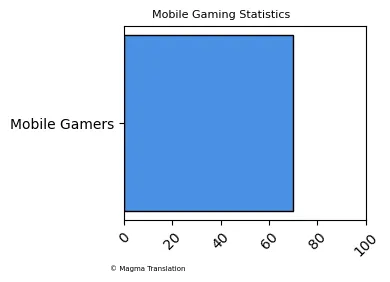
Mobile Data Usage and Costs
The cost of mobile data in Japan has significantly decreased over the years, with current plans offering 3.3GB of data for a monthly fee of JPY1,360. Additionally, prepaid SIM cards for use in Japan are available at airport counters, with prices ranging from 4,500 JPY for 7 days to 9,900 JPY for 30 days. The average rental fee for a smartphone in Japan is ¥550 per day.
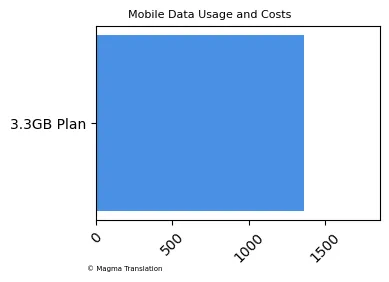
Mobile Network Providers
Japan's mobile market is dominated by three major providers: NTT Docomo, KDDI, and SoftBank. NTT Docomo holds a significant market share of about 50%, followed by AU and then SoftBank. The penetration of smartphones has rapidly increased since 2010, replacing feature phones among users. As of 2024, the mobile operating system market share in Japan is dominated by iOS, which holds 59.03%, followed by Android at 40.76%.
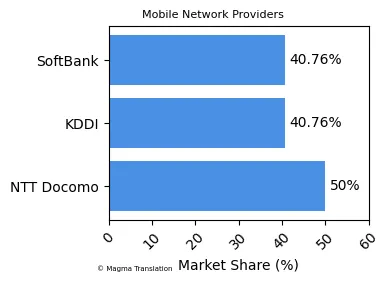
Social Media Usage on Mobile Devices
As of 2023, approximately 81% of the population in Japan is active on various social media platforms. LINE remains the leading platform, with 92 million users. YouTube leads the social media landscape in Japan with 102 million users, followed by Line with 92 million users.

Mobile Phone Subscriptions
As of 2022, Japan had 219 million mobile phone subscribers, which translates to 167.52 subscribers per 100 people. The average rental period for Pocket Wi-Fi in Japan is 14 days, and it is recommended to have a plan that offers approximately 14GB for this duration.
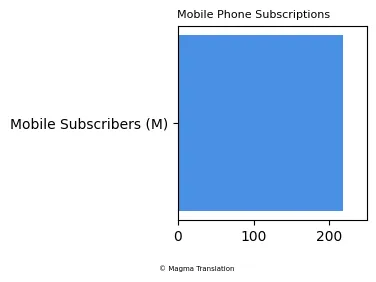
Mobile Device Compatibility
Most modern mobile phones from other countries are compatible with Japan's 3G or 4G networks, particularly Band 1 (2100 MHz) according to SIM Card Geek. The average time spent on social media is just 47 minutes per day, which is significantly lower than the global average.
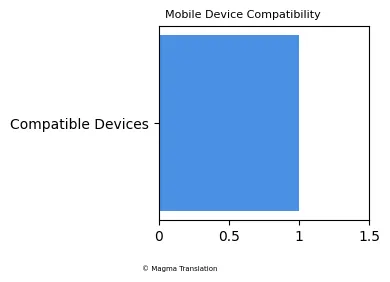
Future Trends in Mobile Usage
As of 2024, consumer spending in mobile apps in Japan has shown significant growth, with a year-over-year increase of more than 12% globally. This trend reflects a broader pattern of digital advertising growth, which has also seen double-digit increases in various markets, including Japan. The mobile phone industry is expected to continue evolving with advancements in technology and changing consumer preferences.
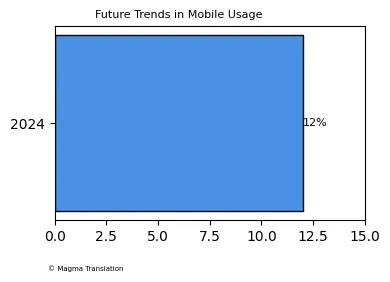
Mobile Device Ownership Trends
Growth of Mobile Device Ownership in Japan
As of 2023, Japan has a total of 107,486,667 mobile phone subscriptions, translating to an average of 0.85 subscriptions per person. Tokyo leads with 16,769,575 subscriptions, representing 1.35 subscriptions per person. Other notable prefectures include Osaka with 7,972,651 subscriptions (0.92 per person) and Aichi with 6,245,741 subscriptions (0.87 per person).
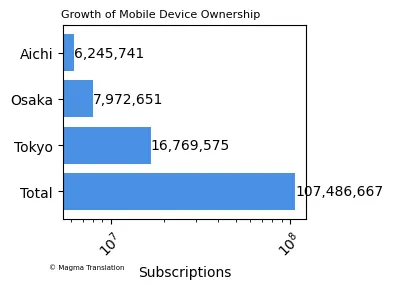
Mobile Payment Adoption
Mobile payment adoption in Japan has been on the rise, with approximately 30% of the population using mobile payment services as of 2023. This trend is driven by the convenience of cashless transactions, especially among younger consumers. Major platforms like PayPay and LINE Pay have gained significant traction in urban areas.
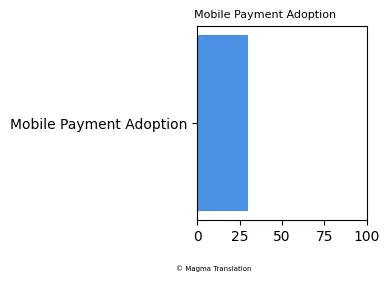
Impact of COVID-19 on Mobile Usage
The COVID-19 pandemic has accelerated mobile usage in Japan, with a reported increase of 30% in mobile data consumption during lockdowns. Many users turned to mobile devices for work, education, and entertainment, leading to a surge in app downloads and online services. The trend has continued post-pandemic, with mobile gaming and streaming services seeing sustained growth.
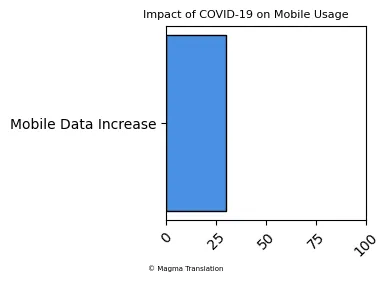
Mobile Device Security Concerns
With the rise of mobile usage, security concerns have also increased. In 2023, over 40% of smartphone users reported experiencing security issues, such as phishing attacks and malware. This has led to a growing demand for mobile security solutions, with many users investing in antivirus and VPN services to protect their data.
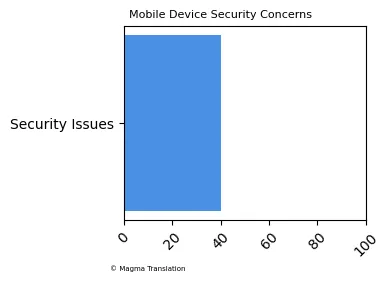
Mobile Advertising Growth
The mobile advertising market in Japan is projected to reach USD 5.5 billion by 2024, driven by increased smartphone usage and digital marketing strategies. Brands are increasingly targeting mobile users through social media platforms, with LINE and Instagram being popular choices for advertising campaigns.
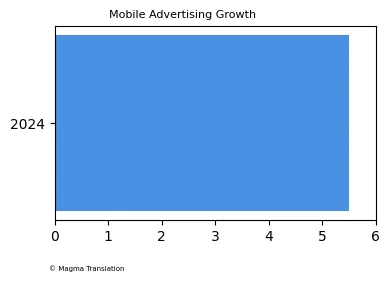
Mobile Network Expansion
Japan's mobile network infrastructure continues to expand, with 5G coverage reaching over 90% of the population as of 2023. Major providers like NTT Docomo and KDDI are investing heavily in expanding their 5G networks, which is expected to enhance mobile internet speeds and connectivity. The rollout of 5G is anticipated to drive innovations in IoT and smart city applications.
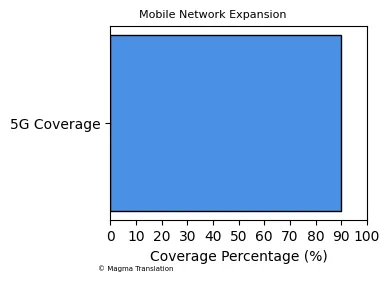
Mobile Device Recycling Initiatives
Japan has implemented various mobile device recycling initiatives, with over 20 million devices recycled annually. These programs aim to reduce electronic waste and promote sustainable practices among consumers. Many mobile carriers offer incentives for users to recycle their old devices, contributing to a circular economy in the tech industry.
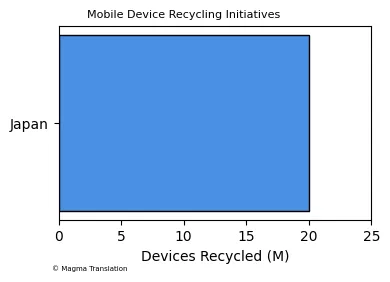
Trends in Mobile App Development
The mobile app development industry in Japan is thriving, with a projected market size of USD 17.9 billion by 2023. This growth is fueled by the increasing demand for mobile applications across various sectors, including gaming, e-commerce, and health. Developers are focusing on creating user-friendly and innovative apps to cater to the diverse needs of Japanese consumers.
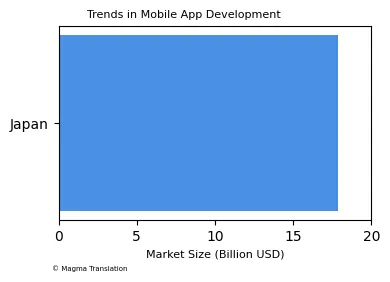
Mobile Device Trends Among Youth
Among younger generations in Japan, mobile device usage is particularly high, with over 90% of teenagers owning smartphones. This demographic is driving trends in mobile gaming and social media engagement, with many spending an average of 3-4 hours per day on mobile devices. The popularity of platforms like TikTok and Instagram is particularly notable among this age group.
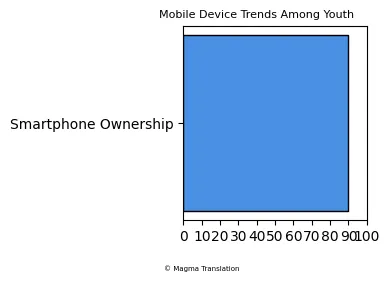
Mobile Health Applications
The use of mobile health applications in Japan has surged, with over 15 million downloads reported in 2023. These apps are being utilized for various purposes, including fitness tracking, telemedicine, and mental health support. The growing awareness of health and wellness has led to an increased interest in mobile health solutions among Japanese consumers.
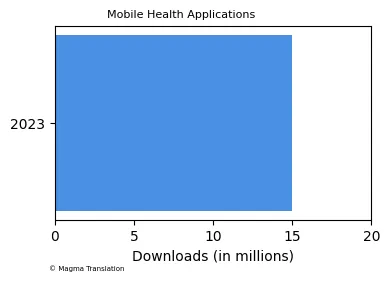
Mobile Technology Innovations in Japan
Advancements in 5G Technology
Japan is at the forefront of 5G technology, with 5G networks covering over 90% of the population as of 2023. Major telecom companies are investing heavily in expanding their 5G infrastructure, which is expected to enhance mobile internet speeds significantly. The introduction of 5G is anticipated to drive innovations in smart cities and IoT applications.

Mobile Device Customization Trends
Customization of mobile devices is becoming increasingly popular in Japan, with over 60% of users opting for personalized phone cases and accessories. This trend reflects a desire for individuality among consumers, particularly among younger demographics. Many brands are now offering customization options for their devices to cater to this growing market.
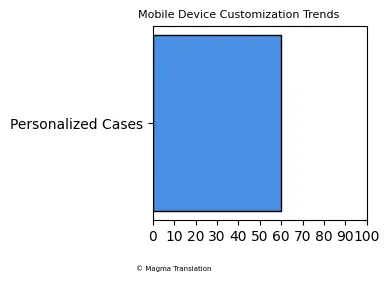
Mobile Learning Applications
The use of mobile learning applications in Japan has surged, with over 10 million downloads reported in 2023. These apps are being utilized for language learning, skill development, and academic support. The increasing demand for online education has led to a rise in mobile learning solutions among students and professionals alike.
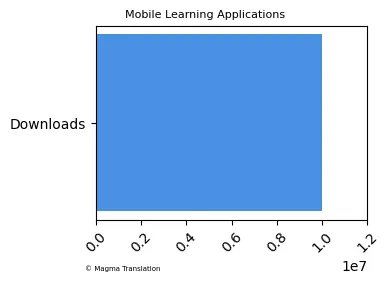
Mobile Device Repair Services
With the rise in smartphone usage, mobile device repair services have become essential. In 2023, the mobile repair market in Japan was valued at USD 1.2 billion. Many consumers are opting for repair services instead of purchasing new devices, contributing to a more sustainable approach to technology. The demand for quick and efficient repair services is on the rise.

Mobile Advertising Effectiveness
Mobile advertising in Japan is becoming increasingly effective, with a reported increase of 15% in engagement rates in 2023. Brands are leveraging mobile platforms to reach consumers more effectively, particularly through social media channels. The effectiveness of mobile ads is driving companies to invest more in mobile marketing strategies.
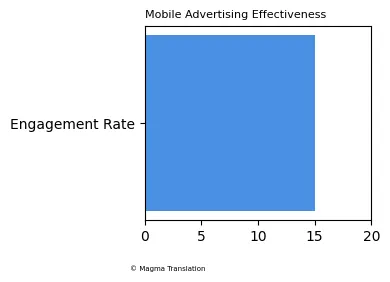
Mobile Device Usage Among Seniors
Mobile device usage among seniors in Japan is on the rise, with over 40% of seniors now owning smartphones. This demographic is increasingly using mobile devices for communication, health monitoring, and social engagement. The trend reflects a growing acceptance of technology among older adults, with many seeking user-friendly mobile solutions.
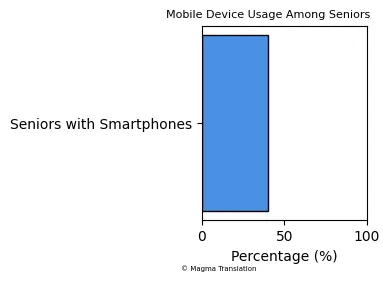
Mobile Fitness Applications
The popularity of mobile fitness applications has surged in Japan, with over 8 million downloads reported in 2023. These apps are being utilized for tracking workouts, nutrition, and overall health. The increasing focus on health and wellness has led to a rise in mobile fitness solutions among Japanese consumers.
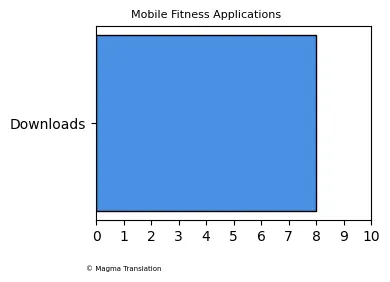
Mobile Device Trade-In Programs
Mobile device trade-in programs are gaining traction in Japan, with over 5 million devices traded in in 2023. These programs encourage consumers to recycle their old devices while receiving discounts on new purchases. The trend reflects a growing awareness of sustainability and responsible consumption among Japanese consumers, with many opting for trade-in options.
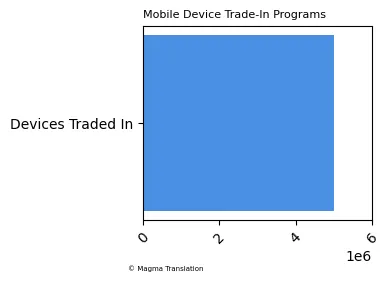
Mobile User Demographics
Mobile user demographics in Japan show that over 50% of mobile users are aged between 20 and 39. This age group is driving trends in mobile gaming and social media engagement. The increasing smartphone penetration among older demographics is also noteworthy, with 30% of users aged 50+ now owning smartphones.
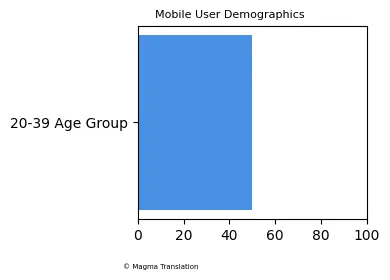
Mobile Device Trends in Rural Areas
In rural Japan, mobile device usage is steadily increasing, with over 70% of residents now using smartphones. This trend is driven by improved network coverage and the availability of affordable mobile plans. Many rural users are utilizing mobile devices for online shopping and communication, reflecting a shift in lifestyle and access to technology.

Mobile User Engagement and Behavior
Trends in Mobile User Engagement
Mobile user engagement in Japan has seen significant growth, with over 75% of users engaging with mobile apps daily. This trend is particularly strong among younger demographics, who are increasingly using mobile devices for social media, gaming, and shopping. The average time spent on mobile apps is reported to be around 2.5 hours per day.
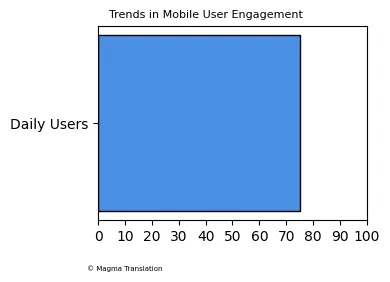
Mobile Device Usage for E-commerce
Mobile devices are becoming the primary platform for e-commerce in Japan, with over 50% of online purchases made via smartphones. This shift is driven by the convenience of mobile shopping apps and the increasing trust in online transactions. In 2023, mobile e-commerce sales reached USD 30 billion, reflecting a growing trend in mobile commerce.

Mobile User Preferences for Apps
Japanese mobile users show a strong preference for specific types of applications, with over 60% favoring gaming and social media apps. Additionally, productivity and health-related apps are gaining traction, with many users seeking tools to enhance their daily lives. The increasing availability of diverse applications is contributing to higher engagement rates among mobile users.
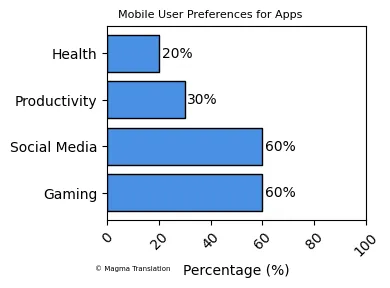
Mobile User Trends in Health and Wellness
Growth of Mobile Health Monitoring Applications
The adoption of mobile health monitoring applications in Japan has increased significantly, with over 12 million downloads reported in 2023. These applications are utilized for tracking fitness, managing chronic conditions, and promoting overall wellness. The growing awareness of health issues has led to a rise in mobile health solutions, with many users seeking tools to help them maintain a healthy lifestyle.
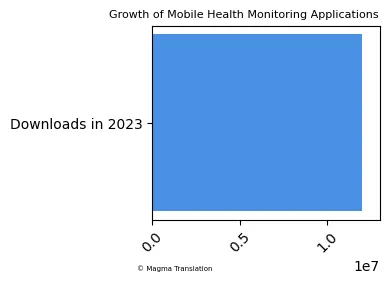
Mobile Device Trends in Urban Areas
In urban Japan, mobile device usage is exceptionally high, with over 85% of residents owning smartphones. This trend is driven by the availability of high-speed internet and a wide range of mobile services. Urban users are more likely to utilize mobile devices for online banking and transportation services, reflecting the integration of technology into daily life.
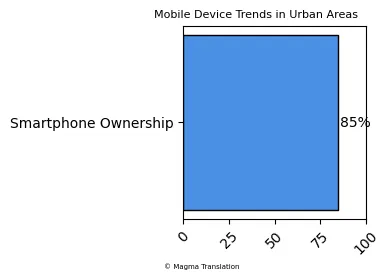
Conclusion
Japan's mobile landscape is rapidly evolving, showcasing significant trends in usage, technology, and consumer behavior.
